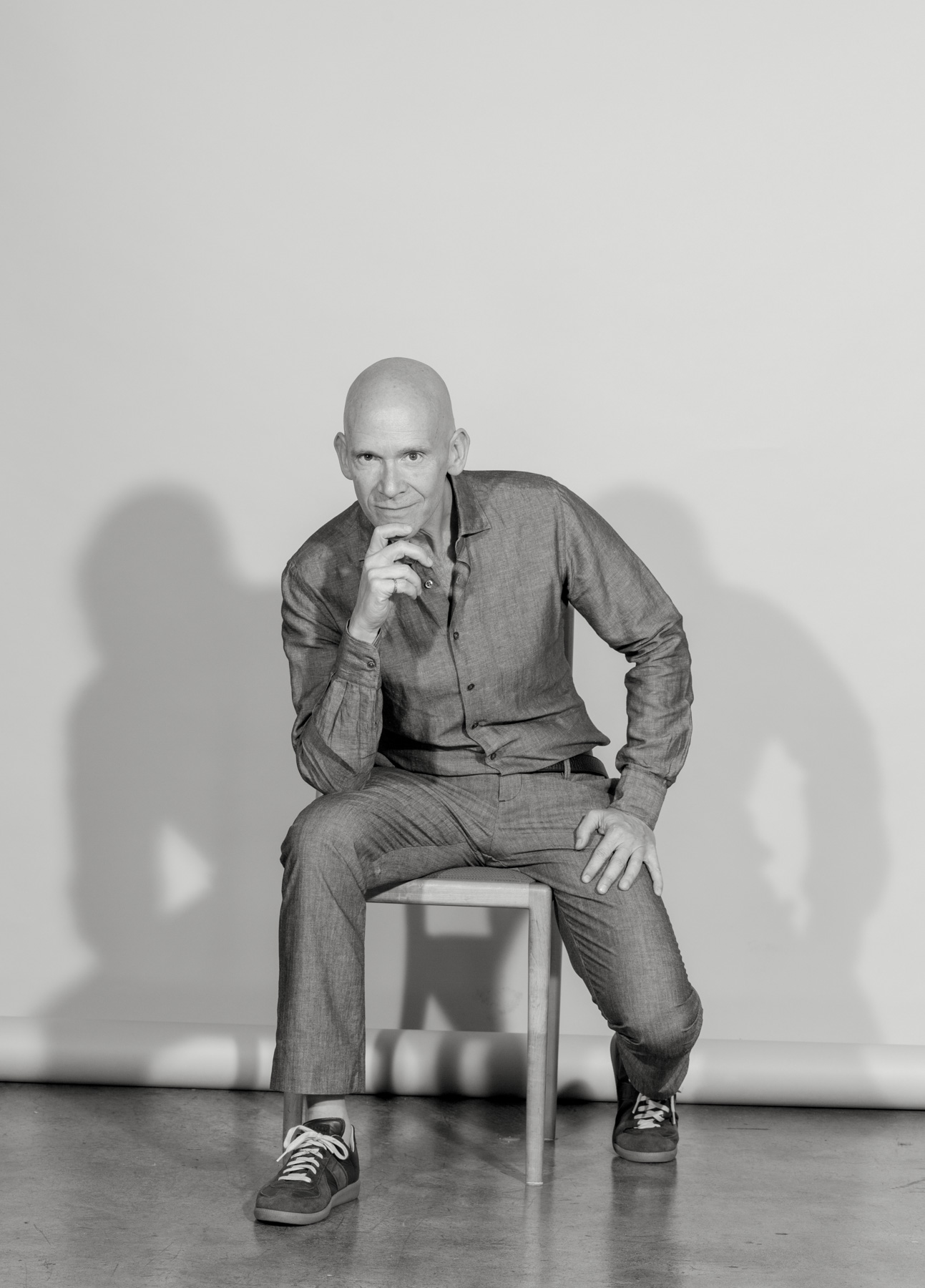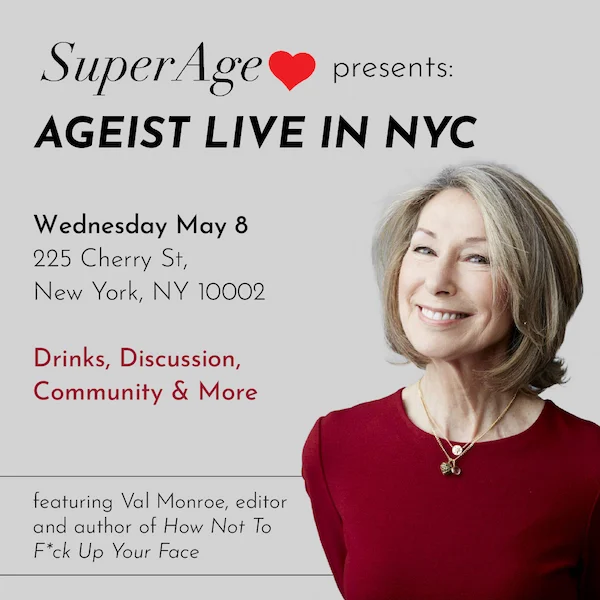
Onto the back of his apartment door in Italy, there whenever he left for the day, Marco Beghin affixed a card which read, “Allow Your Daydreams to Become Your Plans.” Beghin’s daydream as long as he could remember, was to live in New York.
He was working in sales at the high-end appliance company DeLonghi when the letter arrived in the mail announcing he’d won the green card lottery. He quit, his destination already planned out.
“When I arrived I did not have a job,” he says. “I found a job, again for the Italian company DeLonghi. The task there was to work with product designers and engineers to develop new products for the American market. I saw there was a lot of emphasis from designers into conceptual design/beauty ideas. While intention of designer was perfectly good in terms of functioning, the end product was always a compromise. Which made me think that ultimately, the real experience of the product itself comes from the user.”
Let’s put a pin in that thought, because it’s been nothing short of revolutionary for Beghin, transforming his approach to both mental and physical health and defining his career for the last five years.

The job at DeLonghi married his twin passions of design and the storytelling around it. But it wasn’t until he got to Moleskine in 2005 that he truly began to grow. The brand was a little-known Italian notebook maker in the US. Beghin’s task was to change that.
He did that by looking at Moleskine not as a manufacturer of notebooks, but as an object with which to show value. The notebook stood for a life on the go, and one of exploration, and it served as a platform for communication and self-expression. When he first started for them, he was by himself, jotting down how to expand the business while he sat in the subway on the way to work. By the time he left, as president of Moleskine America, he had helped lead them to an initial public offering in Europe, a period of his work life that was both exciting and draining.
“There was a point I needed to stop and think what is the best way for me to economize on those efforts and demands,” he says. “And that’s when I began thinking of my life a bit differently.”
When he left Moleskine at the end of 2012, he moved to the Pacific Northwest. He had begun meditation, Gestalt therapy and running in New York to overcome the daily stress, and wanted to dive deeper into physical activity. A man obsessed with the economy of movement, he wanted to understand better how his own body functioned.
He had learned the Alexander Technique, a method that looks at patterns and habits built up over a lifetime that interfere with our movement and corrects them. He went from never having swum before to competing in triathlons and marathons (12 so far). In 2015, he competed in his first Ironman.
“I discovered riding a bicycle … was opening up my senses, enabling me to establish a clear dialogue in my body and my mind,” he told me. “It was making me embody objects in a more holistic way, and it makes me travel through the elements.”
A lifetime of accumulated design thinking and a recent history of endurance sports had finally dovetailed for Beghin. He started a company called Body Economics with creatives in mind.
“Regular physical activity is one of the most important things one can do for health and longevity. For many people, it is a leisure and social activity,” he says. “While, for many creative makers, physical well-being is essential to the job they love and their life purpose.”
What Beghin does is work with groups and individuals to help them rediscover the body’s natural avenues of movement. Doing so eases tension and makes your movement both more efficient and easier. This, in turn, opens up your mind to other, maybe more far-reaching possibilities in how you are living and the choices you are making. By stopping and becoming aware of a habitual movement like sitting in a chair, we increase our capacity to become aware of all the other parts of our lives.
“There’s nothing more valuable than to learn about one’s self,” he told me. “For me, learning that I have many more resources I didn’t know I had, is actually a treasure. I cannot stop doing that. Because it’s a new way of communication with myself and other people.”
The ideas expressed here are solely the opinions of the author and are not researched or verified by AGEIST LLC, or anyone associated with AGEIST LLC. This material should not be construed as medical advice or recommendation, it is for informational use only. We encourage all readers to discuss with your qualified practitioners the relevance of the application of any of these ideas to your life. The recommendations contained herein are not intended to diagnose, treat, cure or prevent any disease. You should always consult your physician or other qualified health provider before starting any new treatment or stopping any treatment that has been prescribed for you by your physician or other qualified health provider. Please call your doctor or 911 immediately if you think you may have a medical or psychiatric emergency.


